Moderna Patent held Valid and Infringed by the English Court of Appeal
August 5, 2025
The final week of July usually produces a flurry, and sometimes an avalanche, of decisions from the English Courts as Judges attempt to clear their desks before the holiday period. This year was no different. Last Friday lunchtime, news began to filter through the IP community of the UK Supreme Court’s refusal of permission to appeal in the dapagliflozin case thus bringing an end to that saga at least in terms of the merits of the case.
Whilst dapagliflozin may have grabbed the headlines, an interesting and important decision was also handed down by the English Court of Appeal last Friday which addresses the law of anticipation and obviousness as well as confirming the role of expert witnesses in patent litigation before the English Courts.
The patent in suit, EP’949, relates to modified messenger ribonucleic acid (“mRNA”). Many readers will associate mRNA and modified mRNA with the leading Hungarian-American biochemist Katalin Kariko, whose career and pioneering work in this area in particular is recorded in the very readable autobiography “Breaking Through”.
EP’949 is owned by Moderna and has a priority date of 1 October 2010. The only claim of EP‘949 in issue on appeal was claim 3 which is to “An mRNA wherein 100% of nucleotides comprising uracil in the mRNA are replaced with nucleotides comprising N1-methyl-pseudouridine.” As Arnold LJ noted, this claim has three elements: (i) an mRNA (as opposed to, in particular, another type of RNA); (ii) wherein 100% of nucleotides comprising uracil are replaced with; (iii) N1-methyl-pseudouridine (m1Ψ). The EP’949 patent covers modifications made to the mRNA used in COVID-19 vaccines. Pfizer/BioNTech (“PBNT”) admitted infringement of EP’949 subject to its validity. Following a trial in spring 2024, in early July 2024, Meade J held EP’949 to be valid. An appeal against this ruling was heard in July 2025 and the judgment of the Court of Appeal handed down just a few weeks later, with Arnold LJ giving the leading judgment.
The only prior art in issue on appeal was an earlier PCT patent application published in 2007 referred to as “UPenn”. UPenn is a 74 page document containing 78 claims. As is customary for a patent application, the teaching is summarised in a Background section which in Penn, reads as follows: “This invention provides RNA, oligoribonucleotide, and polyribonucleotide molecules comprising pseudouridine or a modified nucleoside, gene therapy vectors comprising same, methods of synthesizing same, and methods for gene replacement, gene therapy, gene transcription silencing, and the delivery of therapeutic proteins to tissue in vivo, comprising the molecules. The present invention also provides methods of reducing the immunogenicity of RNA, oligoribonucleotide, and polyribonucleotide molecules.” As can be seen from this summary, the teaching of UPenn is broad-ranging and extensive.
It was alleged on appeal that Claim 3 of EP’949 was anticipated and/or rendered obvious by the disclosure of UPenn.
Anticipation
Arnold LJ’s judgment contains several interesting nuggets on the law of anticipation. In summary:
- Anticipation is a binary test. A claim is either anticipated or it is not. Unlike the law of obviousness which requires a exercise in evaluation on the part of the Court, anticipation only requires the application of the correct legal standard to the prior art.
- A claim is anticipated if there is a prior disclosure of something within the claim which is enabled.
- Prior disclosure is a strict test. It requires either clear and unambiguous disclosure in the prior document, or clear and unmistakable directions to do something which in fact falls within the claim. It is not sufficient for anticipation that it would be obvious to carry out or modify the prior art in a manner which falls inside the claim.
- No legal distinction is to be made between a list of potential alternatives or a class (such as a Markush formula).
The UK approach regarding combinations selected from two or more lists mirrors that of the EPO in T12/81 (Bayer). Thus: “… If … two classes of starting substances are required to prepare the end products and examples of individual entities in each class are given in two lists of some length, then a substance resulting from the reaction of a specific pair from the two lists can nevertheless be regarded for patent purposes as a selection and hence as new.”
Applying the above principles, Arnold LJ considered that Claim 3 of EP’949 was not anticipated by the disclosure of UPenn. The appellant’s anticipation attack was held to be one of selection from two lists – there was no pointer in UPenn to the combination of m1Ψ and 100% replacement.
Obviousness
When it came to the question of obviousness, Arnold LJ drew extensively from the UK Supreme Court decision in Actavis v ICOS [2019] and in particular that the assessment of inventive step is multi-factorial and must not be driven by hindsight.
As part of the approach to obviousness, the Court is required to identify the person skilled in the art. There was a dispute between the parties as to identity of the skilled person: Moderna considered that EP’949 was directed to a scientist with a good understanding of the biology of RNA who is working on, or has an interest in, developing mRNA for the purposes of transcript therapy; PBNT contended that EP949 was directed to an RNA biologist who is interested in using RNA for research, whether fundamental or applied to therapeutic purposes. Arnold LJ considered that PBNT’s characterisation was correct even though there was no real world team working on projects of such breadth.
PBNT’s case on obviousness, starting from UPenn was summarised by the trial judge as follows:
i. “The data on Ψ in UPenn were very promising and of real interest.
ii. The skilled person would decide to explore other nucleoside modifications.
iii. The ones of interest would be the ‘Ψ-like’ ones.
iv. It would be possible to make m1Ψ if that were selected.
v. If the skilled person made m1Ψ the most obvious thing to do would be to modify 100% of the
uracils …..
vi. Carrying out the necessary translation and transfection experiments as in UPenn in vitro would
take a couple of months.”
After a lengthy discussion of all the evidence, the trial judge had concluded “I must assess all these matters in the round. Doing so, I find that Pfizer/BioNTech's attack of obviousness fails, and it is not a close call, either.”. On appeal, Arnold LJ reminded himself that it is not the role of the appellate court to re-evaluate the lower court’s assessment but that it should only interfere where the lower court has erred in law or in principle. PBNT relied on four alleged errors. First, they contended that the judge had erred in his identification of the skilled person to whom EP949 was addressed, and therefore wrongly sidelined evidence from their expert, Dr Enright. Secondly, PBNT contended that the judge had erroneously interpreted part of the teaching of UPenn. Thirdly, PBNT contended that the judge wrongly found that Dr Enright’s evidence was tainted with hindsight. Fourthly, PBNT contended that the judge erred in his assessment of the skilled person’s motivation and expectation of success.
The Court of Appeal dismissed the second to fourth grounds quite quickly, holding that the trial judge had made no error of principle.
The Court also dismissed the first ground but in doing so, Arnold LJ gave a full account of the role of expert witnesses in the English Patents Court. He first noted that the skilled person in patent law is an anthropomorphic concept. Arnold LJ noted that: “like many anthropomorphic conceptions in the law, the skilled person is partly an empirical and partly a normative creature. It is an empirical concept in that, as discussed below, the skilled person should embody the skills and experience of real scientists working in the relevant field at the relevant time. It is a normative concept in that the skilled person has qualities which do not correspond to that of any real person, such as being deemed to be aware of any item of prior art which has been made available to the public, and in that it provides a benchmark for the assessment of issues such as obviousness.”
Arnold LJ went on to describe the role of expert witnesses in patent court proceedings as three-fold. First, to educate the court as to the relevant technology and put it in possession of the skilled person’s common general knowledge. Secondly, in many cases, to give evidence concerning one or more of the substantive issues in the case, and in particular obviousness. Thirdly, in some cases to interpret the results of experiments, which may be experiments performed for the purposes of the litigation.
As regards the second question, Arnold LJ considered various authorities and noted that it was commonplace for judges hearing patent cases to assess the extent to which the parties’ expert witnesses embody the attributes of the skilled person. Thus, the trial judge had been entitled to give more weight to Moderna’s expert on the issue of obviousness than Dr Enright on the basis that the former’s experience more closely aligned with that of the skilled person.
Comment on Expert Witnesses
At the start of this century, there was a trend towards adducing expert evidence from persons with attributes and experience akin to the actual skilled person towards whom a patent was addressed. This trend was short-lived and practitioners soon revert to retaining super-skilled experts instructed to put themselves into the shoes of the skilled person at the relevant priority date. Nothing in the Court of Appeal’s decision should serve to change that practice. If anything, it underlines it. The trial judge will, when considering the weight to place on the expert evidence before the court, make a multi-factorial assessment based on numerous considerations including how an expert was instructed, the extent to which they have been able to place themselves into the shoes of the skilled person, exclude hindsight and so on. However, all things being equal, a expert whose experience is more closely aligned with the anthropomorphic skilled person is likely to be given more weight than an expert without such experience.
You may also like




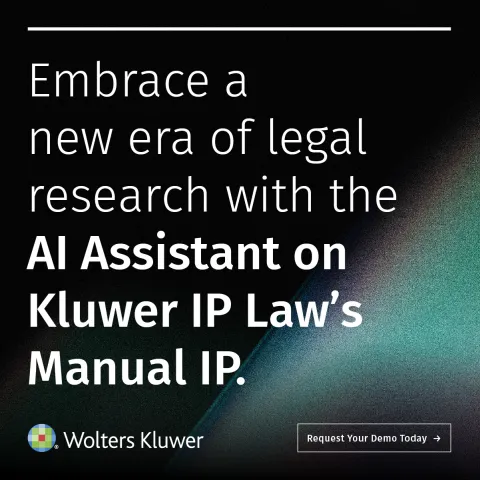
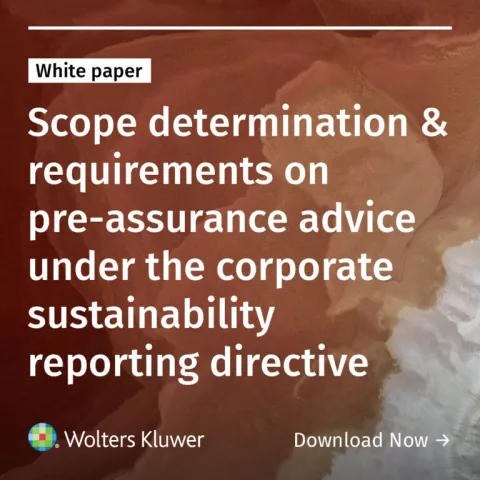
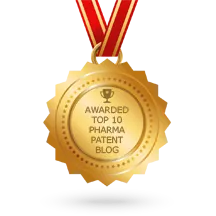
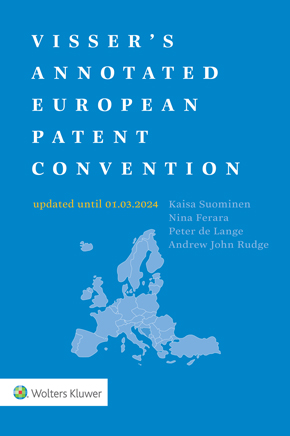
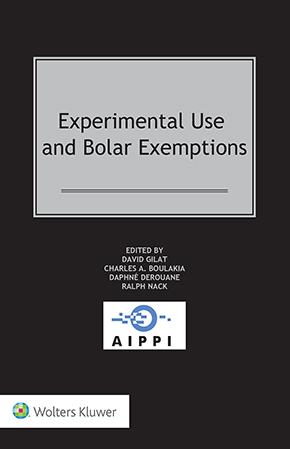

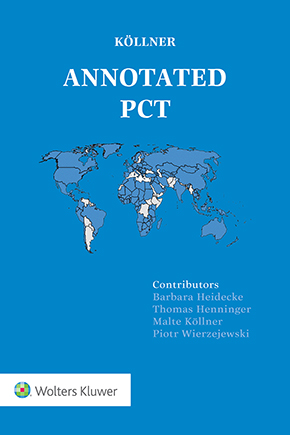


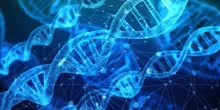
An interested third party
Would it be possible to get a link to the decision and the full number of the patent at stake.